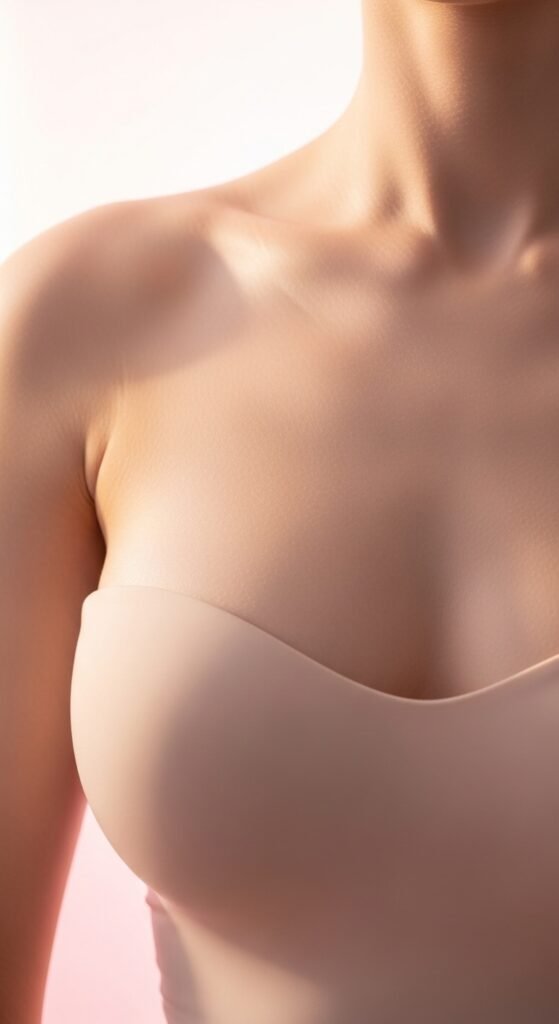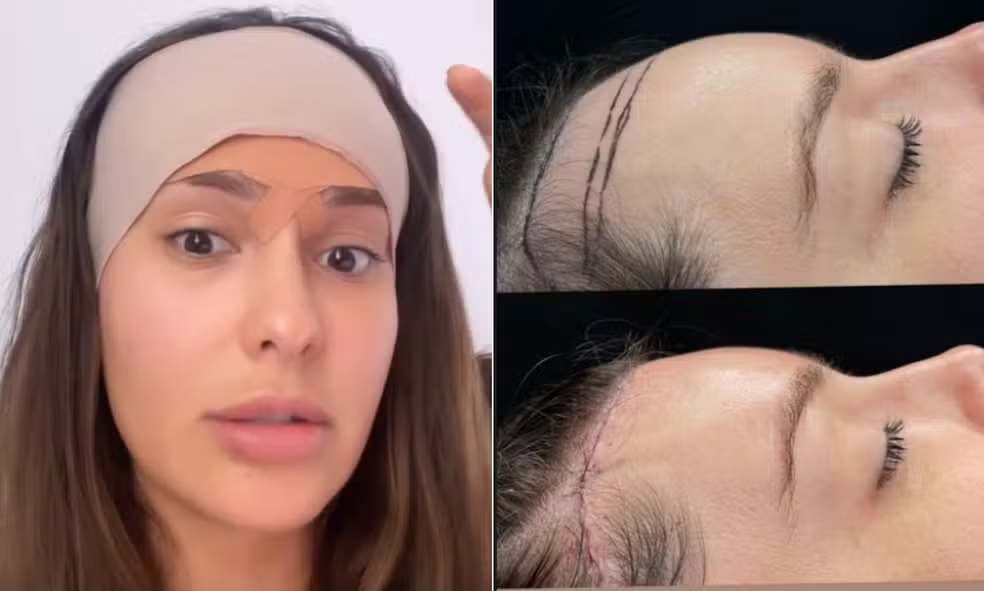Facial Fat Grafting: Where to Harvest Fat and Why Technique Matters
Facial fat grafting — also called fat transfer or lipofilling — is an increasingly popular procedure for facial rejuvenation and contouring. By using the patient’s own fat, this technique restores volume, improves facial contours, and delivers natural, long-lasting results.
But one of the most common questions patients ask is: Where is the fat harvested for facial grafting?
In this article, you’ll learn about the possible donor areas, how previous beliefs have changed, the evolution of the technique, and why the success of the procedure depends much more on the process than on the harvesting site itself.
Where does the fat for facial grafting come from?
Traditionally, surgeons believed that the donor area directly influenced the quality of the graft. A common rule of thumb was that the farther away from the body’s central region, the more resistant the fat cells were, supposedly because they had adapted to survive in areas with lower oxygen supply.
Because of this, some professionals used to claim that harvesting fat from the knees was better than from the abdomen.
Today, that concept has been disproved. Clinical experience and studies show that the harvesting site is not the key factor for successful facial fat transfer. What truly matters is the technique used to collect, handle, and inject the fat.
Why technique is critical to success
More than the donor site itself, surgeons must pay attention to a series of technical details to ensure that fat cells remain viable until they are grafted. Key aspects include:
- Using proper cannulas: performing a gentle liposuction with the right instruments.
- Controlling suction pressure: avoiding excessive vacuum that may damage fat cells.
- Careful handling of the tissue: minimizing the time fat stays outside the body.
- Reducing air exposure: preserving cell integrity and reducing contamination risks.
These measures make a significant difference to graft quality and longevity of results.
Centrifugation vs. decantation: preparing the fat
Another important step is preparing the fat before injection. In the past, centrifuging the material was standard practice to separate unwanted components. However, we now know that centrifugation can also separate stem cells from the fat, which isn’t always desirable.
Today, most surgeons prefer decantation, a gentler process that preserves more intact cells. Centrifugation is reserved for specific cases, such as when a surgeon deliberately wants to perform cell-enriched fat grafting.
Patients can help choose the donor area
Even though the donor site isn’t decisive for the outcome, patients can still participate in the choice. For example, if you’d like your surgeon to take fat from your abdomen (“the little belly pouch”), that’s an option. If you’d rather remove fat from the inner thighs, flanks, or other localized areas, that can usually be done too.
This flexibility is appealing because it allows for both facial enhancement and subtle body contouring in one procedure.
Advantages of facial fat grafting
Facial fat transfer offers several benefits:
- Uses a 100% autologous material (your own tissue).
- Delivers natural, long-lasting results.
- Treats multiple areas of the face in a single session.
- Improves the donor area at the same time.
- Can be combined with other aesthetic procedures for enhanced outcomes.
Conclusion
Facial fat grafting is a safe, effective technique with increasingly predictable results. We now know that the most important factors are not where the fat comes from but how it is harvested, processed, and injected.
With the right cannulas, minimal cell trauma, and strict handling protocols, surgeons can achieve higher graft survival rates and better, longer-lasting results for their patients.
Furthermore, allowing patients to choose the donor site helps align the procedure with personal preferences, offering aesthetic benefits to both the face and the body.
If you’re considering facial fat transfer, talk to your surgeon about the techniques they use, their preparation methods, and your options for donor areas. That way, you’ll feel confident and informed on your journey to natural facial rejuvenation.






